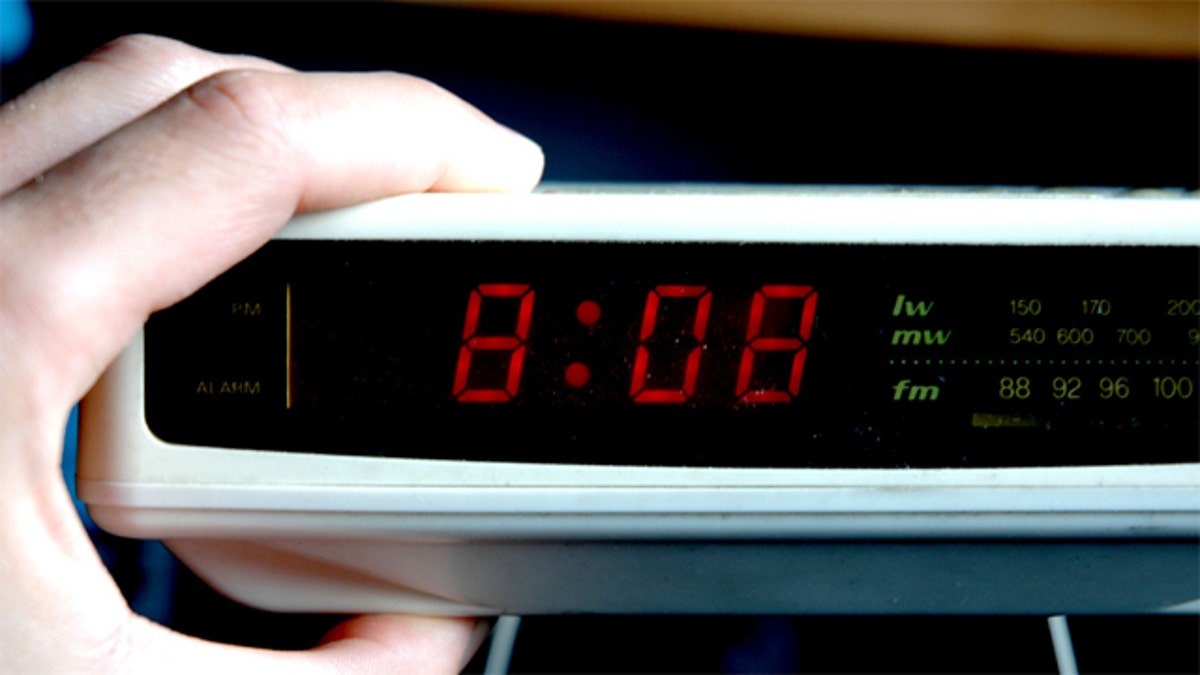
Don't forget to set your clocks this weekend, as Daylight Savings Time officially comes to an end once more. (Flickr/Jason Rogers)
This Sunday at 2 a.m. local time, most residents of the U.S. will turn back their clocks an hour marking the conclusion of daylight saving time. What started us on this ritual in the first place?
While the Fall temporal transition is often a welcome one -- given that one glorious hour of extra sleep -- the hassle of resetting our clocks often leaves people wondering why we practice the seemingly meaningless ritual in the first place.
Some of the reasons are obvious: extra daylight for retailers, for example, and sporting events that benefit from taking place during those precious daylight days. Others are more obscure, and even the argument that it saves energy has recently been called into question.
The concept of shifting clocks for optimal daylight and energy benefits has been around since ancient civilizations, when many societies adopted flexible systems dictated by the sun. The Romans had a specific water clock for each month of the year, dividing daylight into twelve hours regardless of the length of day.
Such variable time schedules were eventually replaced by fixed civic time, but the conversation of shifting clocks based on daylight continued. Ben Franklin once published an anonymous letter satirizing the economic benefits of waking early; he joked that Parisians saved on candles in 1784.
Modern daylight saving time wasn’t proposed until the late 1800s. New Zealand entomologist George Vernon Hudson would spend his spare time after work collecting insects, an activity limited by daylight. Inspired to extend his extracurricular activities, he presented a paper to the Wellington Philosophical Society proposing a two-hour daylight-saving shift.
Hudson’s paper would provide the foundation for modern daylight saving time.
The concept wasn’t internationally embraced until the World Wars, however, when Germany and its allies first employed the time shift as a way to conserve coal. Many other countries eventually followed suit, including the U.S.
After the war, U.S. states were free to choose whether to observe daylight saving time -- and the start and end dates for the time change -- but a lack of uniformity created confusion among newscasters and travelers. Congress responded in 1966 with the Uniform Time Act, setting uniform protocol for daylight saving time.
Despite the history, daylight saving time still isn’t universally accepted, with some states opting out and others debating its usefulness. As part of the Energy Policy Act of 2005, the length of daylight saving time was extended by four weeks starting in 2007.
This gave many skeptics the perfect opportunity to see if the practice actually saved energy. California Energy Commission resource economist Adrienne Kandel and her colleagues found that the extra four weeks had no effect on energy use in the state. The drop of 0.2 percent fell within the margin of error of 1.5 percent.
Other states have found conflicting results. After Indiana instituted daylight saving statewide for the first time in 2007, University of California, Santa Barbara economist and his colleagues observed a 1 percent rise in residential electricity use, costing the state an extra $9 million.
Arizona hasn’t observed daylight saving time since 1967 as a way to conserve energy due to air conditioning needs in the desert. On the other hand, Hawaii has never implemented the time shift simply because its tropical latitude results in relatively consistent daylight hours year-round.
None of the U.S. territories observe daylight saving time, including the U.S. Virgin Islands and Puerto Rico.
But for the majority of us, daylight savings time wraps up early Sunday morning. Don't forget to adjust that clock!
